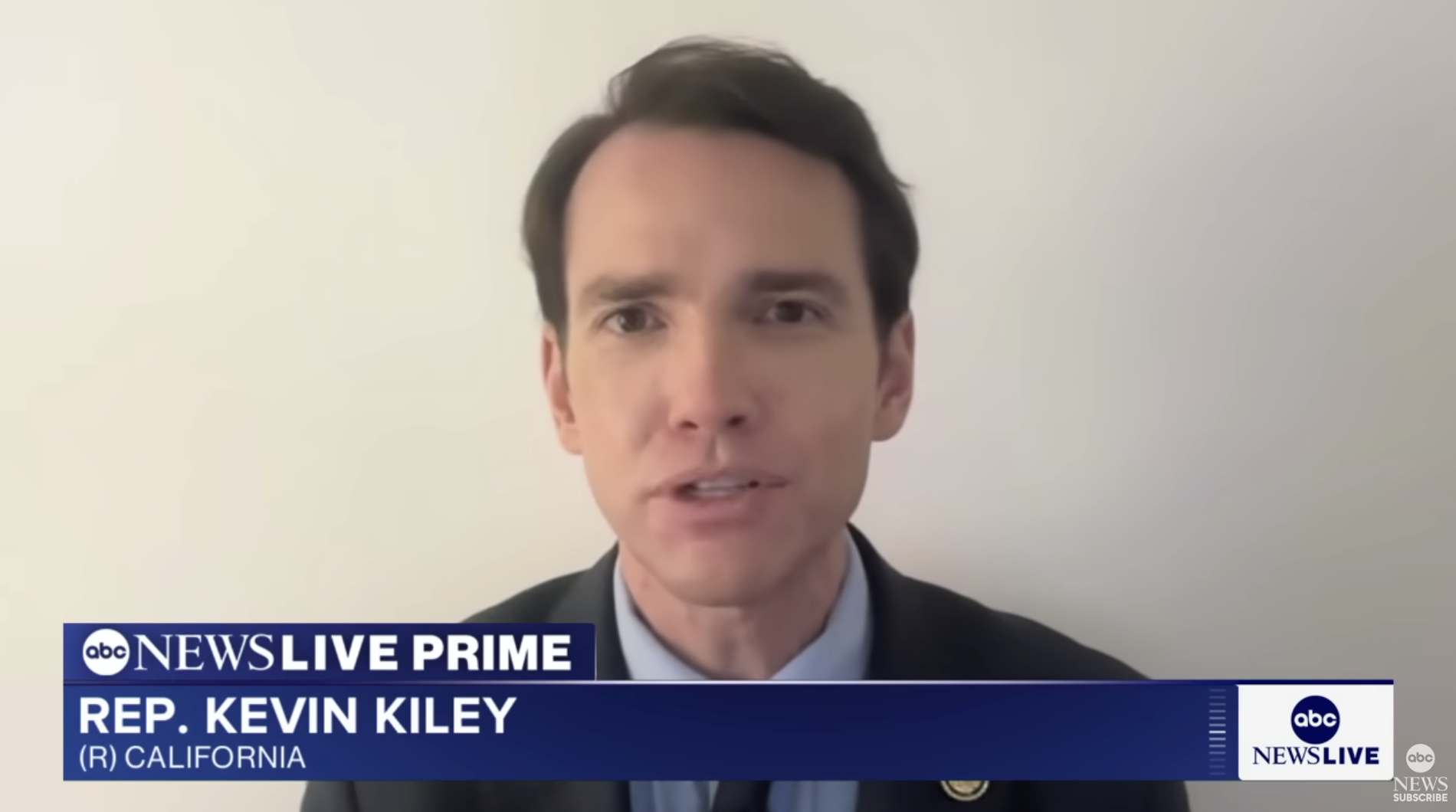A political standoff over redistricting is quickly evolving into a national tug-of-war over the future of American representation—one that spans from Austin to Sacramento and has now reached Capitol Hill.
At the center of the escalating conflict is a proposed federal ban on mid-decade redistricting, introduced on Tuesday by Rep. Kevin Kiley (R-CA), who represents California’s eastern Sierra region, including Tecopa. Kiley’s legislation would prohibit any state from redrawing its legislative or congressional maps between census cycles, effectively freezing district boundaries nationwide until after the 2030 count.
“I’m not particularly concerned about my seat,” Kiley told ABC News.
The bill comes in direct response to a chain of partisan maneuvers. In Texas, Republican lawmakers—spurred by President Donald Trump—unveiled an ambitious mid-decade redistricting plan designed to lock in as many as five additional GOP-leaning congressional districts ahead of the 2026 midterms. The proposal triggered a dramatic countermeasure in early August, when Texas House Democrats staged a quorum-breaking walkout, reviving high-stakes tactics first deployed in earlier battles over voting rights and gerrymandering.
California’s Preemptive Countermove
In Sacramento, Governor Gavin Newsom is now weighing whether to pursue a mid-decade redistricting effort of his own. Though California has long prohibited such measures—thanks to both state constitutional precedent and the 2008 creation of the Independent Citizens Redistricting Commission—Newsom has floated the idea of reasserting executive and legislative control over the process, should Republican-led states like Texas proceed with what critics call “power grabs.”
The specter of dueling partisan maps across the country has prompted deep concern among democracy advocates.
At the heart of the plan is a proposed special statewide election in November 2025, in which California voters would be asked to approve a temporary override of the Citizens Redistricting Commission—the independent, voter-created body that has drawn the state’s congressional and legislative districts since 2010. If approved, the Legislature would be empowered to redraw maps ahead of the 2026 and 2028 elections, with the commission regaining authority in time for the 2030 cycle.
Kiley, a conservative known for his vocal opposition to Newsom during the COVID-19 pandemic, framed his bill as a defensive measure to prevent further erosion of democratic norms. “Congress has the ability—and responsibility—to protect the integrity of elections,” Kiley said in a statement. “This legislation would prevent a wave of politically motivated redistricting battles that could erode public confidence in the democratic process.”
What’s at Stake
Redistricting is one of the most consequential yet often overlooked levers of political power. By drawing district lines, elected officials and mapmakers determine not only which communities are grouped together, but also whose voices are amplified—or diluted—at the ballot box.
That’s why, for decades, reformers in California have pushed to remove the process from politicians’ hands. The League of Women Voters of California, a longtime advocate for independent redistricting, argues that letting legislators draw their own districts creates a conflict of interest that invites manipulation. “The drawing of district lines determines who represents you in elected office,” the League states on their website. “When legislators draw their own districts, they have an interest in drawing lines that will ensure that they can be re-elected.”
To execute the plan, Newsom would need a bill passed by California’s Democratic supermajority in the Legislature to place the measure on the ballot. The timeline is tight: state officials would need to act quickly to finalize ballot language and secure funding for a special election this fall.
If voters approve the measure, it would represent the first time in modern history that California departed from its voter-mandated redistricting process.
Critics also note the irony: the same governor who once championed California’s “gold standard” redistricting process may now seek to override it for strategic gain.
In 2023, Governor Newsom signed the Fair Maps Amendments Act (AB 764), expanding redistricting safeguards to include special districts and educational jurisdictions. Yet, he simultaneously vetoed another League-backed bill that would have required large cities and counties to form independent commissions. That mixed signal has fueled skepticism about his motives now, as discussions of a mid-decade redistricting plan emerge from his office.
A Looming Constitutional Debate
Kiley’s proposed federal ban invokes the Elections Clause of the U.S. Constitution, which grants Congress the authority to regulate the “times, places, and manner” of federal elections. Legal scholars are divided on whether this would survive a constitutional challenge—particularly from states that have historically defended their right to set election rules.
But the stakes go far beyond one bill or one state. The fight over mid-decade redistricting is rapidly becoming a proxy for deeper battles over partisan power, representation, and the resilience of democratic institutions. As California and Texas prepare for what could be tit-for-tat maneuvers, advocates warn that the public’s trust in fair elections hangs in the balance.
For voters across the country, the question isn’t just who draws the lines—but whether those lines will be drawn with fairness and integrity, or as tools of entrenchment in an increasingly polarized political landscape.
For background on California’s redistricting process and the League of Women Voters’ efforts to ensure fair maps, visit lwvc.org.
For updates on Rep. Kiley’s legislation, visit kiley.house.gov.
For coverage of the Texas redistricting conflict, see the original report from the Texas Tribune.
Correction: an earlier version of this article referred to Donald Trump as the former president. He is the current president.


Leave a Reply